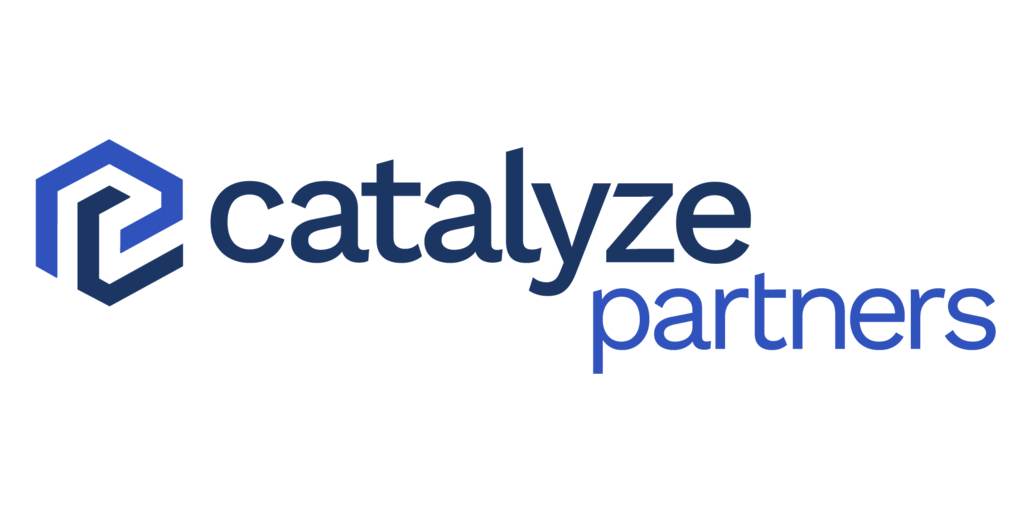Following months of speculation, it was announced earlier this week that Peabody Energy would acquire Anglo American’s steelmaking coal portfolio in Queensland.
The $US3.775 billion ($5.8 billion) agreement is the latest M&A to set the Australian mining industry abuzz. But how will it shape the country’s coal sector? Australian Mining investigates.
It all started earlier this year when BHP put forward its second takeover offer to acquire Anglo.
While the Big Australian did not end up making a formal offer to Anglo after the two parties were unable to come to a resolution regarding their M&A discussions, the negotiation period saw Anglo reveal its asset breakup plan.
The plan involves a structural overhaul of Anglo’s portfolio, which will see the company focus its attention on copper assets in South America and iron ore assets in South Africa and Brazil.
“We set out our clear strategic priorities earlier this year – operational excellence, portfolio simplification, and growth,” Anglo chief executive officer (CEO) Duncan Wanblad said in May.
“Our decision to focus Anglo American’s portfolio in our world-class resource asset base in copper and premium iron ore – while retaining our crop nutrients optionality at Woodsmith – marks a major new phase in executing our strategy.”
The assets that were up for grabs included Anglo’s steelmaking coal mines in Queensland, such as Moranbah North, Capcoal, Dawson, Aquila and Grosvenor.
While there was speculation that BHP, Stanmore Resources, Whitehaven Coal, Coronado Global Resources, Teck Resources, and Glencore could be potential suitors for the operations given their respective synergies, it was ultimately Peabody that came out on top.
Peabody was an obvious choice for many, considering the company already has operating coal assets across Australia, notably in leading Queensland and New South Wales coal regions. These include:
- the Wambo underground mine in NSW
- the Wilpinjong surface mine in NSW
- the Metropolitan underground mine in NSW
- the Centurion underground mine in Queensland
- the Coppabella surface mine in Queensland
- the Middlemount surface mine in Queensland
- the Moorvale surface mine in Queensland.
Now joining Peabody’s coal portfolio is Anglo’s various stakes in mines situated in prime Queensland coal territory. These include:
- an 88 per cent interest in the Moranbah North joint venture
- a 70 per cent interest in the Capcoal joint venture
- an 86.36 per cent interest in the Roper Creek joint venture
- a 51 per cent interest in the Dawson Complex
- a 50 per cent interest in the Moranbah South joint venture.
The acquisition will allow Peabody to capture substantial synergies between its existing assets and the soon-to-be acquired mines.
It will also transform Peabody into a leading coal producer with Tier 1 mines situated within the world’s strongest steel markets.
“This transformative transaction presents a rare opportunity for Peabody to acquire premier steelmaking coal assets at a compelling valuation as we reweight our portfolio toward seaborne metallurgical coal,” Peabody president and CEO Jim Grech said.
“The transaction is strategically aligned, immediately accretive and highly synergistic, positioning us to better serve the best metallurgical coal demand centres in the world. This transaction gives us a strong foundation to position the company for long-term success.”
The sale of Anglo’s entire steelmaking coal business, which includes the already announced sale of the company’s 33.3 per cent stake in Jellinbah Group to Zashvin for approximately $US1.1 billion ($1.7 billion), is expected to generate $US4.9 billion ($7.5 billion).
“Through focus, asset quality and outstanding growth options, Anglo American will offer a highly differentiated investment proposition supported by strong cash generation and the capabilities and longstanding relationship networks that can deliver our full potential,” Wanblad said.
“We are absolutely focused on delivering that strategy and unlocking the associated value as we streamline our cost structures and create a much simpler, more resilient and more agile business that will enable full market value recognition.”
As part of its asset breakup plan, Anglo is working on the demerger of Anglo American Platinum, which is expected to be completed by mid-2025. The company’s nickel business has also received strong interest from buyers.
“We expect De Beers to follow, recognising its unmatched industry and brand position and good progress in working with stakeholders to position the business for long term success as we work toward separation for value,” Wanblad said.
With the future of Anglo’s steelmaking coal mines in new hands, it seems a new era is on the horizon for not only these assets but Anglo as a company.
Subscribe to Australian Mining and receive the latest news on product announcements, industry developments, commodities and more.




